Muscle Atrophy
After a stroke, the body needs time to recover. Neurological damage prevents the brain from properly sending the signals that trigger body movements, resulting in prolonged muscle inactivity. Though a period of rest after a stroke is necessary, too much rest can be a bad thing. If muscles in the body remain stagnant for too long, a condition called muscle atrophy will take effect. In many cases, a stroke survivor will lose neurological connections to an arm, leg, hand, or foot, and this loss accelerates muscle atrophy, making rehabilitation more difficult.
What Is Muscle Atrophy?

Muscle atrophy is the deterioration of muscle tissue due to extended periods of minimal use. In other words, muscles begin to waste away if they are not exercised consistently. For instance, if someone fractures their leg and wears a cast for weeks, they will see a significant difference in the muscle mass of the injured leg when the cast is removed.
This same reality applies to those who suffer from conditions that prevent use of certain body parts. Stroke is just one of several precipitating factors for muscle atrophy.
Causes Of Muscle Atrophy
Neurological Diseases



Conditions such as stroke, learned non-use, neuropathy, cerebral palsy, and spinal cord infections can diminish the stimulation of the nerves in certain body parts, causing those muscles to be inactive. Ultimately, inactive muscles atrophy. Sadly, atrophy makes the patient more prone to injury, exacerbating their underlying neurological disease and making rehabilitation even more challenging.
Learned Non-Use

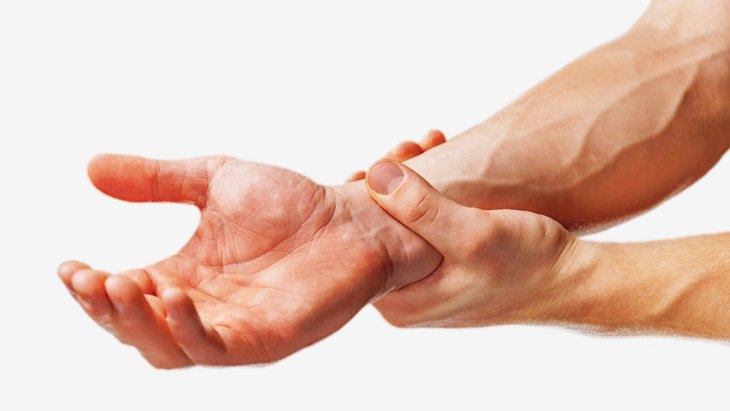
An individual experiencing difficulties with an unresponsive limb will naturally compensate by relying on their healthy limb. In the short term, this allows a stroke survivor to complete daily tasks, but over time, the inactive limb will weaken further. This compensative imbalance is called learned non-use because one learns to compensate for and, therefore, underuse the weakened limb. “If you don’t use it, you lose it”– unfortunately, a person does actually lose muscle and neural connections over time if they allow a limb to remain dormant.
An individual experiencing difficulties with an unresponsive limb will naturally compensate by relying on their healthy limb. In the short term, this allows a stroke survivor to complete daily tasks, but over time, the inactive limb will weaken further. This compensative imbalance is called learned non-use because one learns to compensate for and, therefore, underuse the weakened limb. “If you don’t use it, you lose it”– unfortunately, a person does actually lose muscle and neural connections over time if they allow a limb to remain dormant.
Prolonged Illness Or Hospitalization or Coma

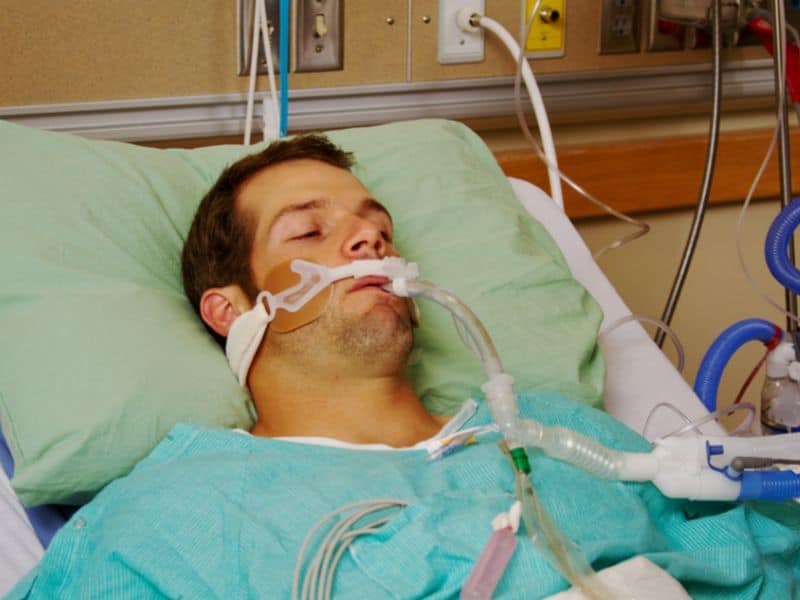

In addition to neurological complications, any illness or injury that requires a lengthy hospitalization will have a profound effect on the substantive properties of the muscle tissues. A combination of immobility, fatigue, and malnutrition can speed up the process of muscular degeneration and prolongs the recovery time for the underlying health issue.
Poor Nutrition
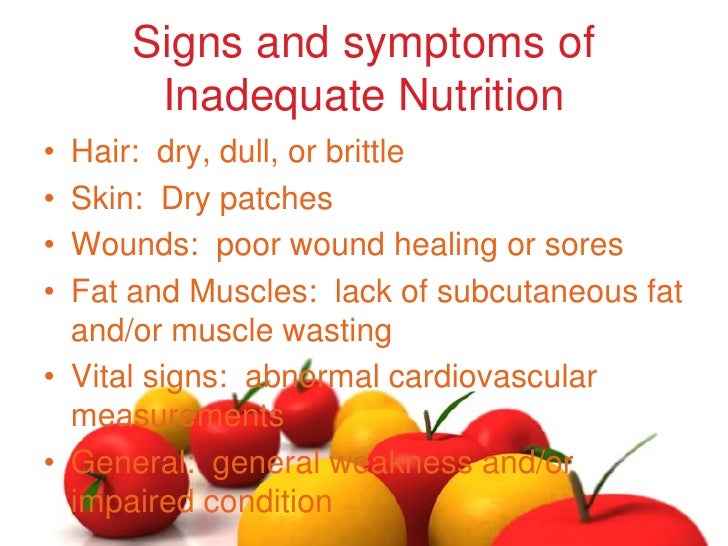
The body requires specific amounts of nutrients and vitamins to function properly—the adage “you are what you eat” holds real truth and what you put in your body plays a pivotal role in your overall health. This is especially true for your muscle health. A body deprived of nutrient-rich foods—such as vegetables, fruits, and essential proteins—can quickly fall victim to muscle atrophy.
Additionally, those who have a hard time chewing and swallowing food, due to any number of health conditions, are at a higher risk of muscle atrophy. If eating is painful, it is likely an individual will naturally limit the amount and variety of foods they eat. This means less nutrition and, if combined with non-use, will speed up atrophy of the muscles.
Preventing And Combating Atrophy
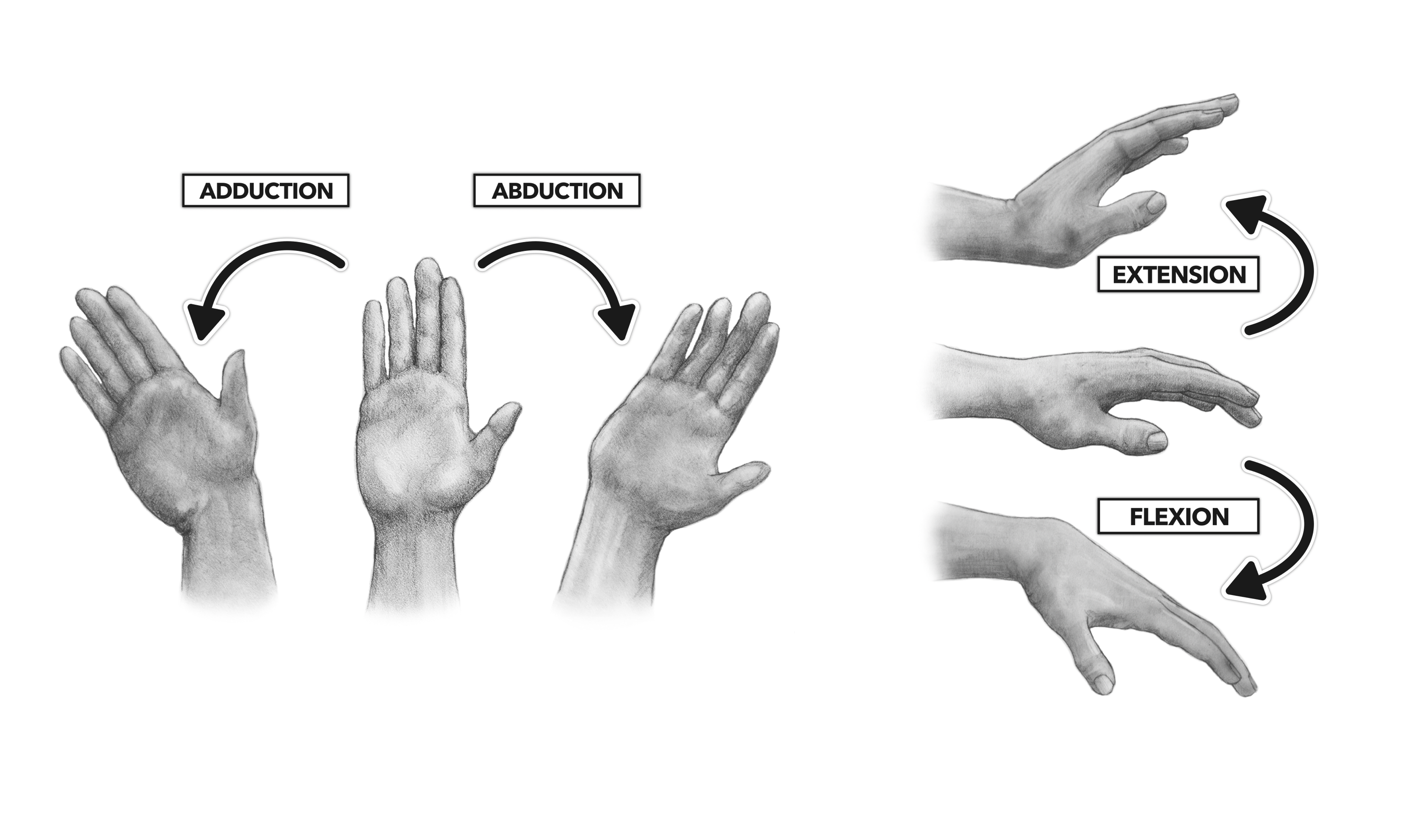
Given the severe consequences of muscle atrophy, it is best to employ preventative measures if possible. Fortunately, the same strategies that prevent atrophy can also facilitate the recovery of someone who has already suffered extensive muscle loss.
Get Your Body Moving
The best way to keep your muscles from wasting away is to get up and move whenever possible. For those recovering from a stroke or any other debilitating disease, exercise may seem like an uphill battle, but remember that when it comes to rehabilitation, no progress is too small. Prolonged inactivity contributes greatly to muscle atrophy, so even the slightest movements can make a big difference. If you are unable to move on your own without assistance, then work with a Physical Therapist, and get a set of Range Of Motion Exercises, and if possible have a family assist you each day at home to perform these ROM Exercises. Remember, if you don't use it, you will lose it.
Work With Your Therapist

Most survivors of stroke may find it challenging to motivate themselves to move and keep moving, so a therapy or rehabilitation program can be incredibly helpful in the pursuit of a swift recovery. Healthcare professionals can create a personalized routine to provide you with consistency while offering positive reinforcement when facing challenging obstacles.
Electrical Stimulation

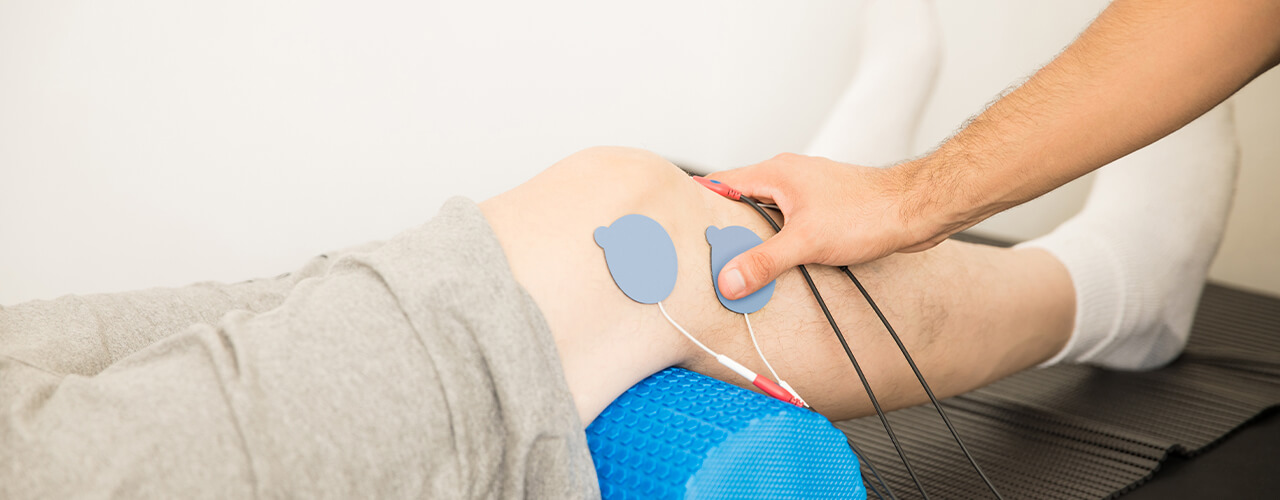
Electrical Stimulation, Phase-5 TENS + EMS Combo – JGH Rehab, is a great therapeutic option for many stroke survivors. Different forms of electrotherapy can be deployed to address pain and weakness in affected areas, along with additional targeted benefits, including but not limited to increased circulation and decreased spasticity and pain, and maintaining your Range Of Motion, which is extremely important. Neuromuscular electrical stimulation devices trigger muscles to relax and contract according to a comprehensive range of programs, aiding in muscle re-education and strengthening. The SaeboStim Micro is an electro mesh garment that delivers electrical stimulation to an affected arm and hand, addressing spasticity, weakness, pain, edema and limited function.
Active Exercises
Active exercises are exercises that require muscle exertion or body movement and are necessary for stroke rehabilitation, especially if muscle atrophy is a concern. Tools like the SaeboGlide Plus – JGH Rehab can help strengthen the shoulder and elbow. even if a survivor has lost hand function, the SaeboGlide comes with a strap to secure the hand to the sleeve allowing them to actively participate in exercises. In addition to the improved physical fitness from a regular exercise regimen, there is scientific reason to believe stroke survivors who exercise enjoy cognitive and psychological benefits as well.
As a Stroke Survivor, I have a PSW, or Personal Support Worker, perform Range Of Exercises twice a day, everyday. I am very fortunate to have this resource, but if you do not, having a good Electrical Muscle Stimulation Device is critical. There are many different devices on the market, but don't be confused with the cheap devices that only have the TENS option. TENS is for pain only. The difference between TENS and EMS, can be found here.
TENS or EMS, What's the difference? Which one do I need? – JGH Rehab
Pad placement charts can be found here. EMS, will cause fatigue, so start of slow, or for short periods of time. Use the EMS on as many different muscle groups as possible.
SaeboStim Pro - Electrode Pad Placement - YouTube
I own 3 different units, and use Electrical Stimulation on my Shoulder, Forearm / hand for 2-4 hours a day, everyday. However, I had to work up to that amount of time, so start slow, plus, I use EMS in the evening while I am watching Television after dinner.
It is a GAME CHANGER.
All content provided on this blog is for informational purposes only and is not intended to be a substitute for professional medical advice, diagnosis, or treatment. Always seek the advice of your physician or other qualified health providers with any questions you may have regarding a medical condition. If you think you may have a medical emergency, call your doctor or 911 immediately. Reliance on any information provided by the JGH Rehab website is solely at your own risk.
